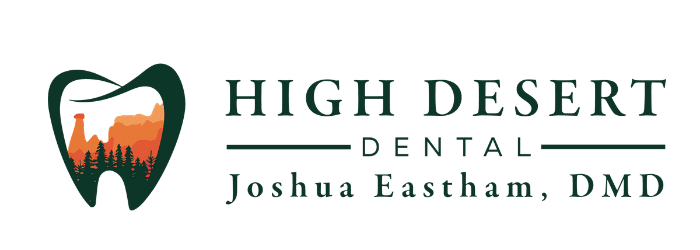What is Dental Bonding?

What to Know About Dental Bonding in Grand Junction CO

Dental bonding is a process that is frequently used to replace decayed teeth, repair chipped or broken teeth. Additionally, our dentist in Grand Junction explains that it is used to conceal various dental flaws such as stains, discolorations, gaps, malformed, or undersized teeth.
Dental bonding in Grand Junction is a common approach for repairing and enhancing the appearance of a person’s smile. It qualifies as a cosmetic operation since the composite resins used in the process are tooth-colored and come in various hues that merge flawlessly with natural tooth structure.
How Does Dental Bonding Work?
First, it’s important to know that a “direct composite restoration” is a dental bonding operation used to fill a cavity or aesthetically fix a tooth. For example, a chip, fracture, enamel flaw, or gap between teeth. Additionally, our dentist office in Grand Junction direct composite restoration requires both creativity and accuracy. This is so because your dentist sculpts the appropriate shade of composite resin to repair or improve the look of a tooth.
Is It Expensive?
A dental bonding process is regarded as the cheapest and fastest way of care for the aesthetic repair of dental flaws. This is because it masks the discolorations, or the closing of gaps between teeth.
Dental bonding, as opposed to porcelain veneers or ceramic crowns, is a less invasive, one-visit aesthetic surgery.
Furthermore, unless a cavity is cleansed and prepped before a dental bonding operation, no tooth structure is drilled. Therefore, no anesthetic is necessary.
What is the Process Like?
It is critical to allow the composite resin to securely bond to the underlying tooth structure while executing a bonding operation.
To do this, the tooth’s surface is etched and then coated with a liquid bonding agent shortly prior to the implantation of the filling or cosmetic bonding. When the dentist applies the composite resin, it is molded to obtain the desired form. Then it is cured with a special light or let to set. The freshly bonded repair is sanded and rubbed for a flawless surface once solidified.
Taking Care of Bonded Teeth
While a bonding technique is a fantastic and cost-effective means of treating minor, aesthetic dental concerns, this has drawbacks. Dr. Eastham, the best dentist in Grand Junction, explains that teeth that have been healed or aesthetically improved with a dental bonding operation are more prone to discoloration. Additionally, they are more prone to chipping than teeth that have had other forms of cosmetic procedures. As a result, intensely colored meals and beverages and tobacco products should be avoided. Because dental bonding is readily chipped and broken, it is also necessary not to bite into complex objects or meals and prevent oral habits like biting one’s nails or chewing on pens.
On the other hand, our friend Dr. Kim, Dentist in Lexington KY, explains that a bonded restoration can survive for many years with adequate cleaning and maintenance.
“Bonding can be used to repair fractures or gaps in teeth, as a filling after a cavity has been removed, or to conceal stains or discolored teeth.” – Dr. Eastham
Contact High Desert Dental For Dental Bonding in Grand Junction
To book a dental bonding consultation, please contact our Grand Junction dentist office. This is an excellent alternative if you want to improve the overall appearance of your smile.




